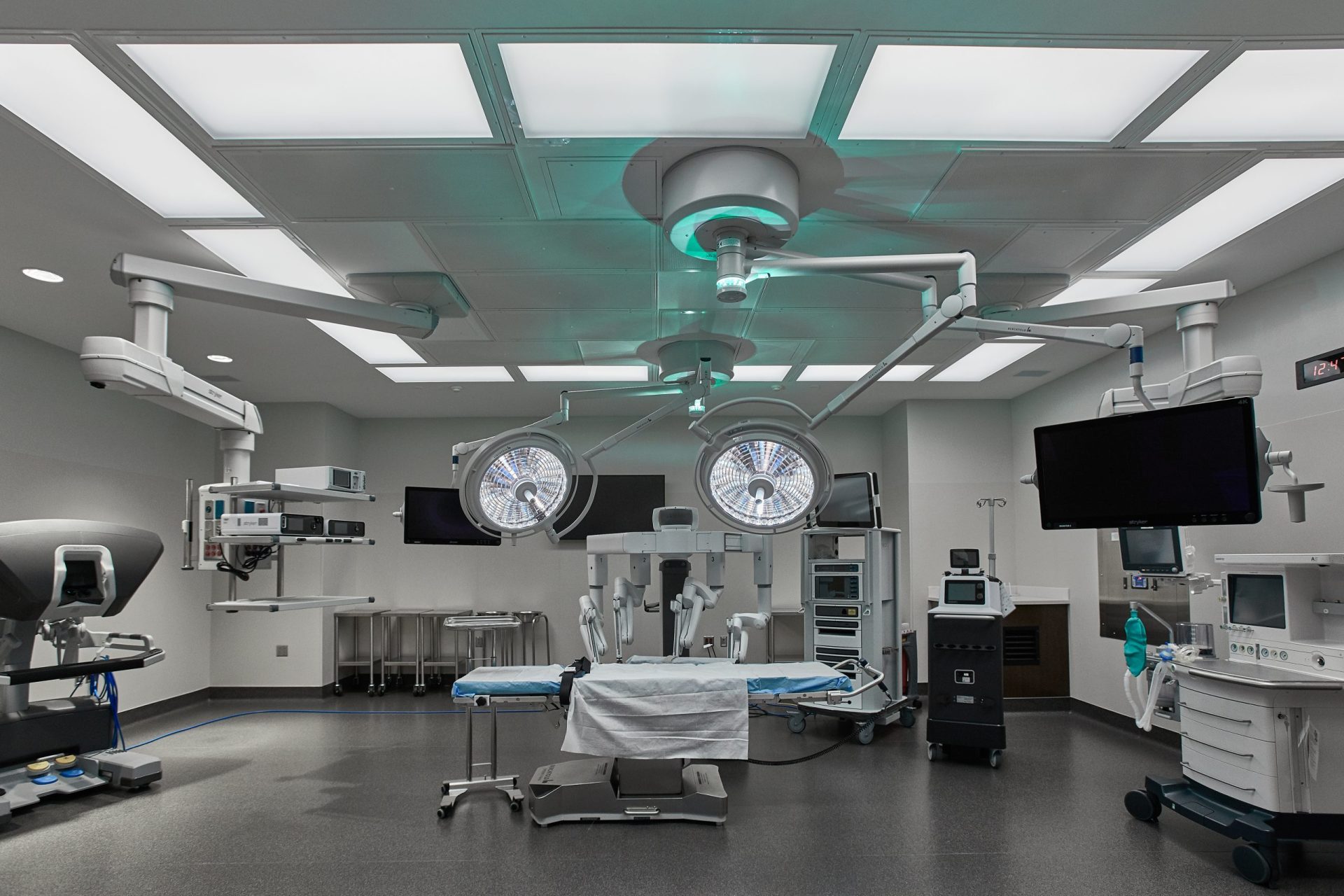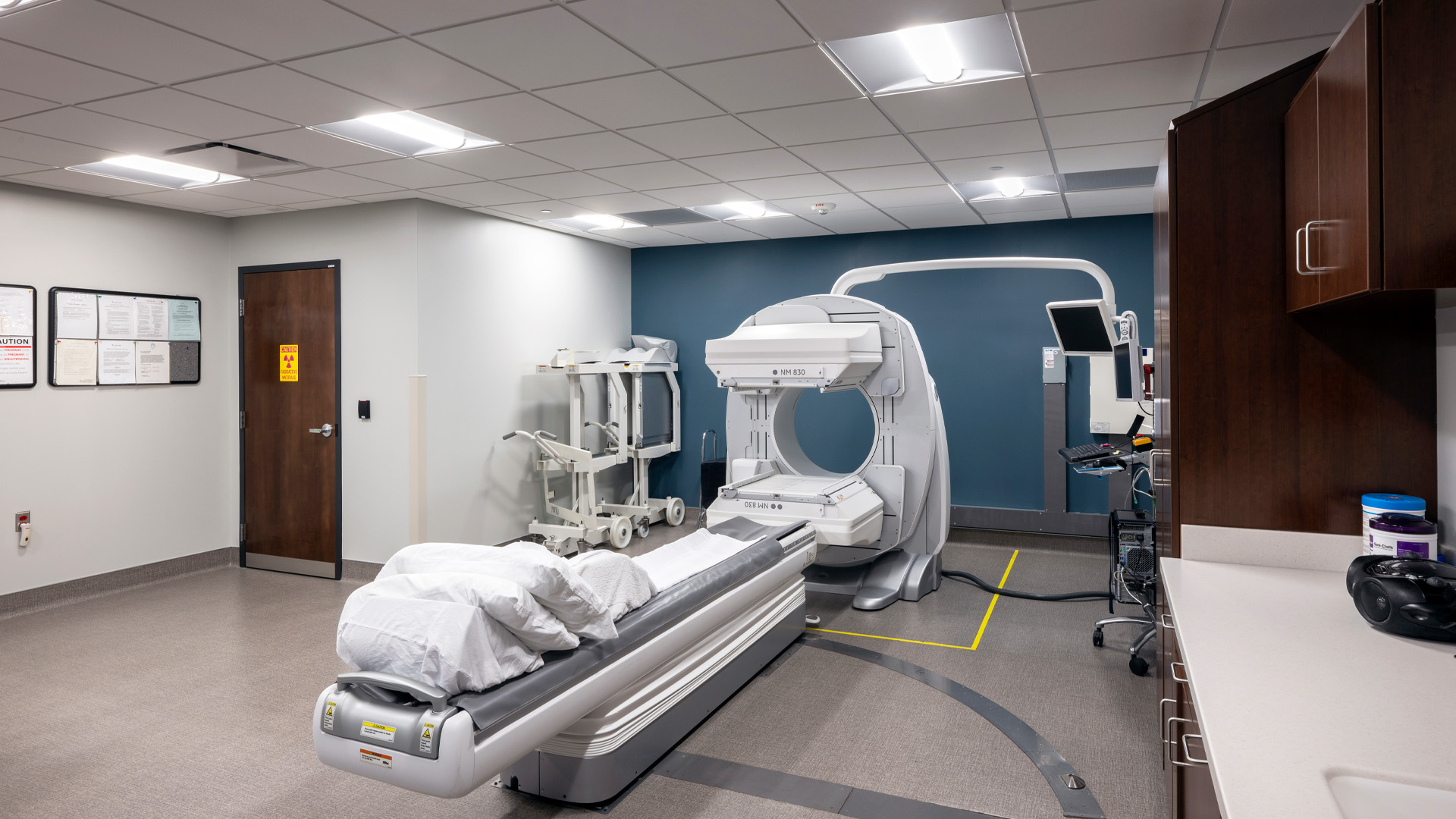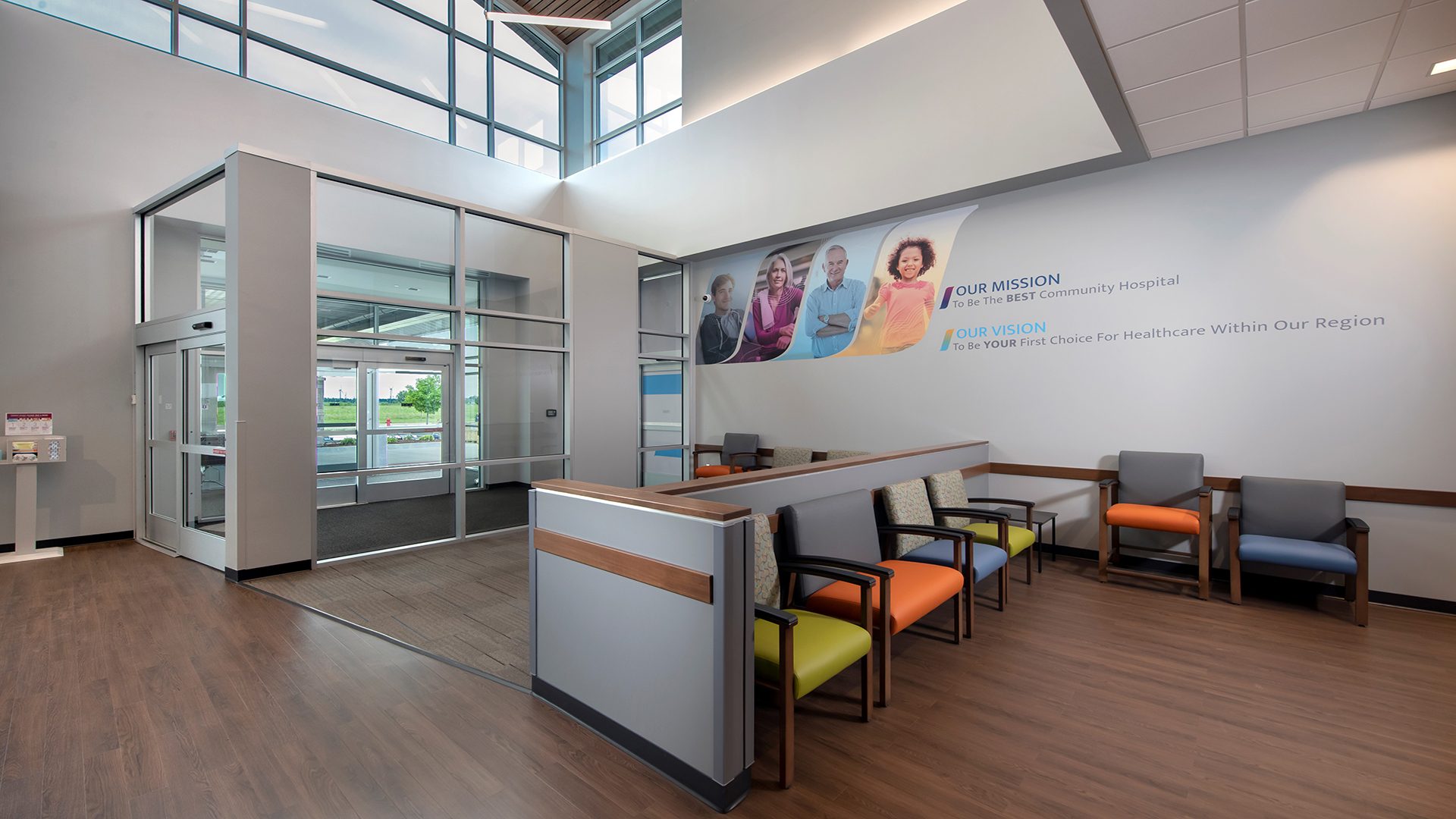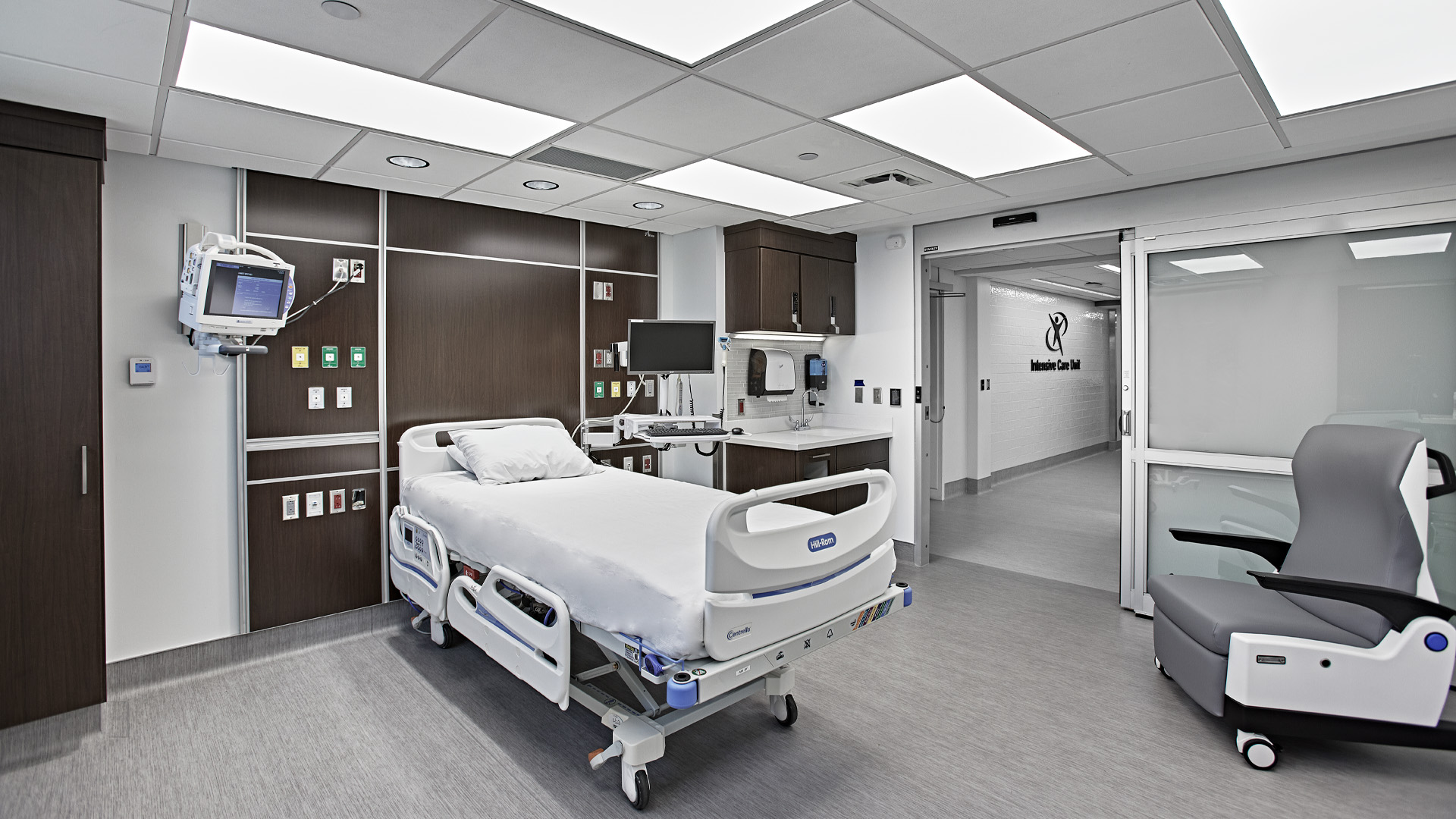Accreditation Readiness: What Hospitals Need to Know to Stay Survey-Ready Every Day
By Bill Ledger, AIA, ACHA, NCARB, EDAC, LEED AP, LSSGB
May 5, 2025Post Tagged in
For hospitals, accreditation is more than a one-time event—it’s a continuous commitment to delivering safe, high-quality care. Understanding accreditation readiness is essential to maintaining compliance and protecting the healthcare organization’s reputation.In this article, we’ll break down what accreditation means, why it matters, and how hospitals can stay prepared—not just for surveys, but for everyday excellence. |

|

 |
What Is Hospital Accreditation?Hospital accreditation is a formal evaluation process conducted by independent organizations to assess a hospital’s adherence to nationally recognized standards. These standards cover many areas of performance from patient safety and infection control to staff training, facility operations, and beyond. The Purpose of Accreditation
The accreditation process results in official recognition (or accreditation status) that a hospital meets or exceeds the standards. However, accreditation is about more than passing a survey. It’s about integrating quality and accountability into every aspect of hospital operations. |







